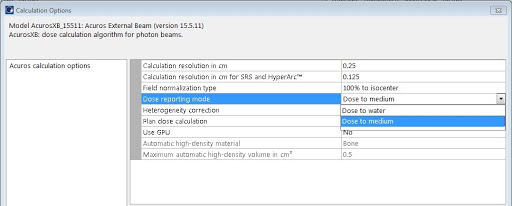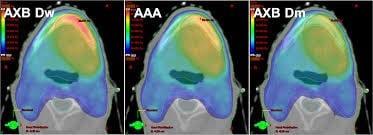Adaptive Radiotherapy: Exploring Clinical Realities and Future Directions
A realistic inquiry into the clinical realities of adaptive radiotherapy, examining the pitfalls and promise of this game-changing treatment approach.
Which dose reporting method for AXB (and other MC-based algorithms) is best for clinical use: dose-to-water or dose-to-medium?


With the debate being far from settled, which reporting method do you use? A Twitter poll of clinical users revealed that 53.8% prefer Dm while 30.8% use Dw in the clinic for patient calculations (and 15.4% aren’t sure). Two other votes were provided via email, both in favor of dose-to-medium reporting. What does your clinic use?


Tyler is a board-certified medical physicist with extensive clinical experience in radiation therapy. He is active in the medphys community including several AAPM committees, the AAPM Board of Directors, and as an ABR orals examiner. Tyler dabbles in real estate investing, loves preparing breakfast for his three kiddos, and enjoys playing adult coed soccer.
Related tags: Treatment Planning
A realistic inquiry into the clinical realities of adaptive radiotherapy, examining the pitfalls and promise of this game-changing treatment approach.
We’re celebrating our dosimetrists! Dosimetrists are known for being the ultimate multi-taskers and the glue of the radiation oncology department.
FLASH-RT, a glimpse into the future of high dose rate radiation oncology. What is it, where it is now, and what lies in store?
Leave a comment